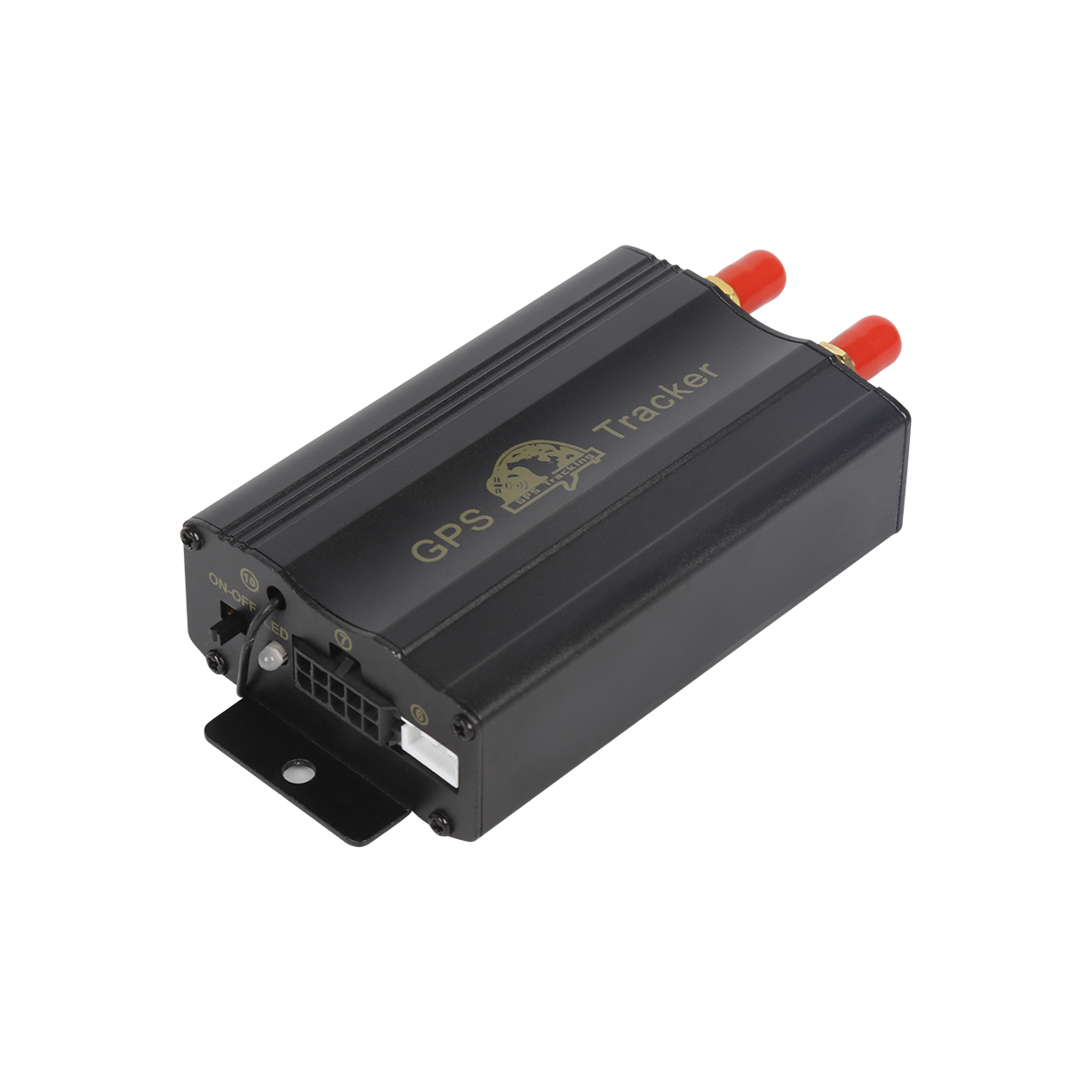source:truck tracking webfleet solutions release time:2022-10-22 Hits: Popular:realtime gps tracker online

There are seven evaluation criteria for the positioning performance of wireless sensor networks, which are described in the following sections.
1) Positioning accuracy. The primary evaluation index of positioning technology is positioning accuracy, which is divided into absolute accuracy and relative accuracy. Absolute accuracy is the deviation between the measured coordinates and the real coordinates, and is generally expressed in length units of measurement. The relative error is generally represented by the ratio between the error value and the wireless range of the node. The smaller the positioning error is, the higher the positioning accuracy is.
2) Scale. Different localization systems or algorithms may be able to locate within a building, a one-story building, or just a room.
In addition, given a certain amount of infrastructure or a period of time, how many targets a technology can locate is also an important evaluation index.
3) Anchor node density. Anchor node location usually relies on manual deployment or using GPS. The mode of manually deploying anchor nodes is not only limited by the network deployment environment, but also severely restricts the scalability of network and application. By using GPS, the cost of anchor nodes will be two orders of magnitude higher than that of ordinary nodes, which means that even if only 10% of nodes are anchor nodes, the price of the whole network will increase by 10 times. In addition, the range of positioning accuracy will increase with the increase of anchor node density is limited, and it will not increase after reaching a certain level. Therefore, anchor node density is also one of the important indexes to evaluate the performance of localization system and algorithm.
4) Node density. Node density is usually represented by the average connectivity of the network, and the accuracy of many localization algorithms is affected by node density.
In wireless sensor networks, the increase of node density not only means the increase of network deployment cost, but also brings limited bandwidth congestion due to the communication conflict between nodes.
5) Fault tolerance and adaptability. Both localization system and algorithm need ideal wireless communication environment and reliable network node equipment.
However, the real environment is often complex, and there will be node failure or node hardware precision limits, resulting in large distance or Angle measurement errors, such as, in this case, physical maintenance or replacement of nodes or use of other high-precision measurement means is often difficult or infeasible. Therefore, the positioning system and algorithm must have strong fault tolerance and self-adaptability, which can correct errors through automatic adjustment or reconstruction, and manage the fault of wireless sensor network to reduce the influence of various errors.
6) Power consumption. Power consumption is one of the most important factors affecting the design and implementation of wireless sensor networks. Due to the limited battery energy of sensor nodes, the computation, communication overhead, storage overhead, and time complexity required for positioning, which are closely related to power consumption, are a set of key indicators under the premise of ensuring positioning accuracy.
7) Cost. The cost of a positioning system or algorithm can be evaluated from different aspects. The time cost includes the installation time, configuration time and positioning time of a system. The space cost includes the number of infrastructure and network nodes required by a positioning system or algorithm, hardware size, etc. The capital cost includes the total cost of infrastructure and node equipment to implement a positioning system or algorithm.
Read recommendations:
TK100N- Multi functional GPS Tracker
GPS RTK principle.gps tracker for kids company
New solutions of intelligent GPS anti-theft electronic system for automobiles
Last article:GPS mobile phone positioning characteristics
Next article:Advantages of GPS technology
Related Information
Dog gps tracker
2023-04-11personal gps tracker wholesaler
2023-03-16fleet gps trackers wholesale
2023-04-23Gps speed limiter maker
2023-04-23gps tracker for bike
2023-03-16pet gps tracker cat custom
2023-03-16Pet GPS Tracker manufacturer
2023-03-16Dog gps tracker wholesale
2023-04-23real-time gps tracking manufacture
2023-04-23fleet gps tracking distributors
2023-04-23TK08A Motorcycle GPS Tracker
2022-06-20G06L
2022-06-21C32Plus (9~90V E-bikes/Motorcycle/Car gps tracker)
2022-06-21P901 4G ID Card GPS Tracker Smart Walkie-talkie
2025-07-11G200NY -Cow/Camel GPS Tracker
2022-06-21Do not illegally install GPS trackers
2022-09-14Application of GPS as Satellite Altimeter
2022-08-02How to buy GPS.Magnetic gps tracker manufacturer
2023-05-24GSP composition features
2022-08-01GPS monitoring information platform ensures smooth traffic
2022-12-17Composition and Application of GPS.gps tracker app distributors
2023-07-04mini gps tracker.GPS operation vehicle management platform service provider positioning platform req
2023-11-07GPRS/CDMA GPS antenna.gps tracker online Manufacturing
2023-08-02GPS user equipment
2023-06-01Three Parts of GPS
2022-11-01Gps speed limiter.Can agricultural vehicles such as tractors be equipped with GPS positioning system
2023-11-09Positioning Technology Based on GPS Mobile Network
2022-10-10Vehicle Management System Based on Differential GPS Technology
2022-12-20GPS Capabilities
2022-12-28DGPS Principle
2022-11-19